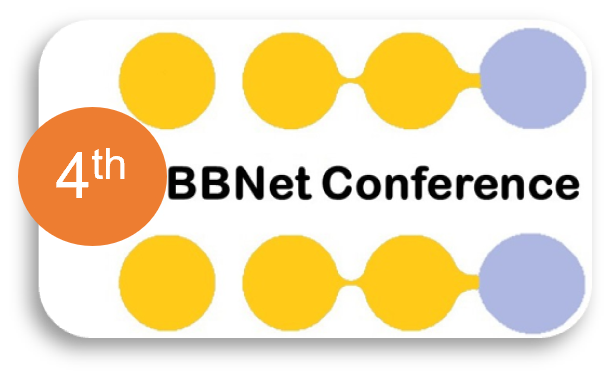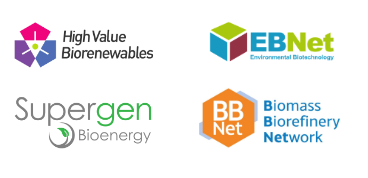Recycling of paper waste from plasterboard

- Project lead
- Jason Hallett
- Institute
- Imperial College London
Summary:
Plasterboard is made from a layer of gypsum (calcium sulfate) pressed between layers of paper. The paper used in plasterboard is often recycled paper, limiting both the cost of materials and options for recycling. Recycling plasterboard requires the separation and subsequent recovery of both the gypsum and fibres, and conditions for gypsum dissolution (concentrated acid) cause extensive fibre damage. In this project, we employed an alternative approach, using ionic liquids (liquid salts) as a solvent medium for separating and recovering the gypsum from the fibres. We designed a unique ionic liquid able to solubilise the gypsum and produce two fractions, high-quality fibre and recovered gypsum. The ionic liquid is neutral and does not affect the quality of the fibre, it is also biocompatible and potentially biobased, making the overall process greener. During the process we also co-produce gypsum in order to regenerate the ionic liquid. This project therefore provides an avenue to recycle both components of plasterboard, which is not presently available.
Aims
Plasterboard is made from a layer of gypsum (calcium sulfate) pressed between layers of paper. The paper used in plasterboard is often recycled paper, limiting both the cost of materials and options for recycling. Recycling plasterboard requires the separation and subsequent recovery of both the gypsum and fibres, and conditions for gypsum dissolution (concentrated acid) cause extensive fibre damage. In this project, we employed ionic liquids (liquid salts) as a solvent medium for separating gypsum from the fibres.
Outcomes
We adapted the ionoSolv process (developed by the academic PI at Imperial College) to the separation of gypsum from paper fibres in waste plasterboard. CaSO4 was precipitated from the ionic liquid solvent at higher water content and recovered in pure form, separate from the fibres. Fibre quality in terms of purity, yield and fibre length was similar to the input material. This has created options for plasterboard fibre recycling. Some potential applications in fibre or cellulosic sugar were identified.
Impact
We have succeeded in developing two potential options for gypsum separation and fibre recovery. These will be explored for economic potential and the development of a process that can be commercialised.
Academic partner: Jason Hallett, Imperial College London
Industrial partner: Mark Christensen, Reliagen Holdings Ltd








